Spanish women’s fight against rural depopulation
©Ana Valiente
The province of Zamora is edging ever closer to becoming a demographic desert. Here, where over 35% of the population live in villages of less than 1,000 people, finding women younger than 40 is a real challenge. We present the stories, struggles and dreams of young women who, without knowing it, have started a silent revolution – in a space traditionally occupied by men.
“I don’t want to spend my whole life in Zamora,” responds Emma when asked what her life would’ve been like if she’d never left her birthplace. “It doesn’t challenge you.” Now 21, she grew up in Villardeciervos in the province of Zamora – a village with a population of 418 according to the National Institute of Statistics (INE). Emma is no longer counted in this number. For the last two years, she has been living with her family in the province’s capital – also named Zamora – where they moved for work. It wasn’t a traumatic change. “I don’t even want to go back home for the summer. Maybe I’ll go for one or two days, but only if I have access to a car.” We’re sitting on the terrace of the marina at Ricobayo, a village with a population of less than 100. She has spent the summer working here as a waitress, alongside other women aged under 25. This is unusual for the region, which has the oldest population of any province in Spain. It’s a difficult place to find young people.

Recently, Zamora has started to be included as part of the “Lapland of the South” or “Spanish Lapland”, a term also referring to underpopulated provinces in Guadalajara, Soria, Teruel, Cuenca and parts of Valencia. Along with Zamora, these regions have a population of less than 8 citizens per square kilometre. (In actual Lapland, population density is less than 2 people per square kilometre.) This new reality is caused by an aging population, barely any immigration and a mass exodus of young people – many of whom are women. These trends are continuing at a pace, leaving behind a demographic desert. According to the UN, by 2050, two-thirds of the world’s population will live in urban areas; a forecast that seems accurate in Zamora’s case.
Cars, as Emma mentioned, are a common discussion topic in these parts. The day-to-day reality of living in a rural area can be very difficult if you don’t own a car. Long distances between settlements and the region’s dwindling population make it virtually impossible to envisage a public transport system to help residents get to work, study or attend a doctor’s appointment. That’s why every weekend Emma and Andrea – her friend and coworker – borrow Emma’s mum’s car to travel the 25 kilometres between the city of Zamora, where they live and study, and their work in Ricobayo. After high school, both women studied sciences. Emma continues to study nursing at the Zamora branch of the University of Salamanca, which is one of only ten degree courses you can take in the city. Her choice to stay in Zamora is not characteristic of most young students. Many of her friends have moved to Madrid or Salamanca. Both Emma and Andrea are critical of the fact that in order to continue studying they will be forced, sooner or later, to pack their bags and leave. “There’s no work for us in Zamora,” says Andrea. “Except maybe in hospitality, sure. But if you want to study, you can’t aspire to much more than that if you stay here.” She becomes even more pessimistic when asked about opportunities in villages. “You have no options at all. You have to go to another town when you finish school. Either you move out or you stay and die of boredom…or you work in hospitality or with livestock”, says Andrea.
“Either you move out or you stay and die of boredom”
This problem is worse for women. “It continues to surprise me that people hold these retrograde and sexist attitudes, particularly now that feminism is so widespread,” says Emma. “I understand that my mother and my grandparents only knew what they were told, but even with the amount of resources available to people nowadays to help keep them informed, people keep thinking like this. It must be because of the education we’re getting.” At work, women face further challenges because, especially in rural areas, many jobs are still considered to be the preserve of men. “No one is actively telling you that you can’t take care of livestock. But if you do, you are different and people talk about you.”
This isn’t just Emma’s opinion. The reality is that, unlike in urban environments, the rural population has a demographic imbalance that clearly works in men’s favour. According to INE data from January 2017, if you exclude the three biggest cities in Zamora – the capital, Benavente (population 18,095) and Toro (population 8,789) – the province includes 94 women for every 100 men. Among young people aged between 20 and 29, the difference is even more striking – 88 young women for every 100 young men.
This trend is not isolated to Zamora but is rather a much broader problem, and can be viewed as characteristic of most rural Spanish regions. Professor Rosario Sampedro at the University of Valladolid has studied the phenomenon in depth. Alongside other researchers, she refers to the concept as “rural masculinisation”. For many years, the process has been explained by two general observations: women’s increased desire to live in cities and the predominance of “masculine” jobs in the countryside. Female rural-to-urban migration is also blamed on rural family traditions. Boys have been typically trained to take care of livestock or crops, with a view to inheriting farmland in the future, while those girls that have been given an education found it inapplicable to rural life, thereby encouraging them to move to cities in search of job opportunities.
Although there is evidence of female rural-to-urban migration, there is evidence that it is actually women with a lower level of education who leave the countryside in search of work. In most cases, policies designed to keep women in rural areas focus on self-employment, setting up a business, becoming a housewife or else assimilating into professional spheres that have traditionally been coded masculine, such as agriculture. “There are people who would like to move to a village, or stay living in one, but can’t do so because of a lack of jobs, housing supply or educational and health facilities,” explains Rosario. “If we accept that it’s not a good thing if rural populations disappear, we need to promote active policies geared towards supporting rural employment. This is where the internet becomes strategic in rural areas. Also, politicians need to be aware that closing a rural school or health centre, citing supposed economic inefficiency, can be very expensive in the long term because it ends up driving down the population.”
One policy that has been enacted is the “law of shared ownership”. When it was passed in 2011 it marked a milestone in the growing visibility of women farmers who, for many years, had worked the land with their husbands without the same labour rights or fair wages. The law finally made it easier for women to be named as co-owners of farms. At the time it was passed, it was considered a godsend for rural communities. It represented a unique opportunity for the countryside to evolve from being a primarily masculine space. Eight years later, however, there has been a backlash. By trying to please everyone, it ended up not pleasing anyone. Rural women’s associations claim that greater steps need to be taken towards equality and even the Minister of Agriculture has recognised that the measure has not been as effective as once hoped. In the years since the law was passed, just 400 farms have registered as part of the scheme, according to ministry officials.
The other prominent measure to increase the visibility of rural women and encourage greater independence and entrepreneurship was a flat-tax rate for self-employed workers. For the first two years, newly self-employed people in municipalities of less than 5,000 inhabitants pay a monthly tax rate of just 50 euros. In the case of women under 34, the measure is extended for a further year via a series of tax credits. So, what’s the catch? It is not retroactive and you cannot access the benefits if you have previously been registered as self-employed, which is very common in rural communities. Then, after the three years are up, you once again face economic hardship. “I am lucky that I’ve never registered as self-employed before,” says Rocío. “I know a girl who farms organic chicken who registered as self-employed while working at a bar and now she can’t access help. Beyond the flat-tax rate, there is no support at all.”
“Could you take care of sheep 365 days a year?”
Rocío waits at the door of her warehouse on the outskirts of Prado, a town with just 55 inhabitants, where vast swathes of land stretch as far as the eye can see. Married with two children, the 37-year-old from Zamora moved around a lot before deciding to make her birthplace her home. “For many parents the idea of keeping their children here is regressive. The concept has been ingrained in the family unit.” She speaks slowly but does not seem angry. Despite it being Saturday, she has work to do – though she doesn’t mind our interview taking time out of her day. Meanwhile, her 69-year-old father is peeling garlic inside the warehouse, her husband is attending an agricultural fair in the north of Spain and their children are at home with their grandmother. “I don’t know why the government does not encourage people to stay in these abandoned villages,” she says. “Although personally I think they want it to become a desert so it can be used for mass farming.” A common view among people in rural communities is that politicians have turned their backs on these areas, focusing on big cities where ultimately the majority of the electorate lives. Why strive for votes in small towns if everyone is going to live in urban areas in a few years? “The government says that it is doing everything it can to fight population decrease. I always hear it on the radio. But what are they actually doing? I don’t see them making any effort to help. Young people prefer to work as a security guard in the city for 800 euros a month than to build something from scratch out here.”
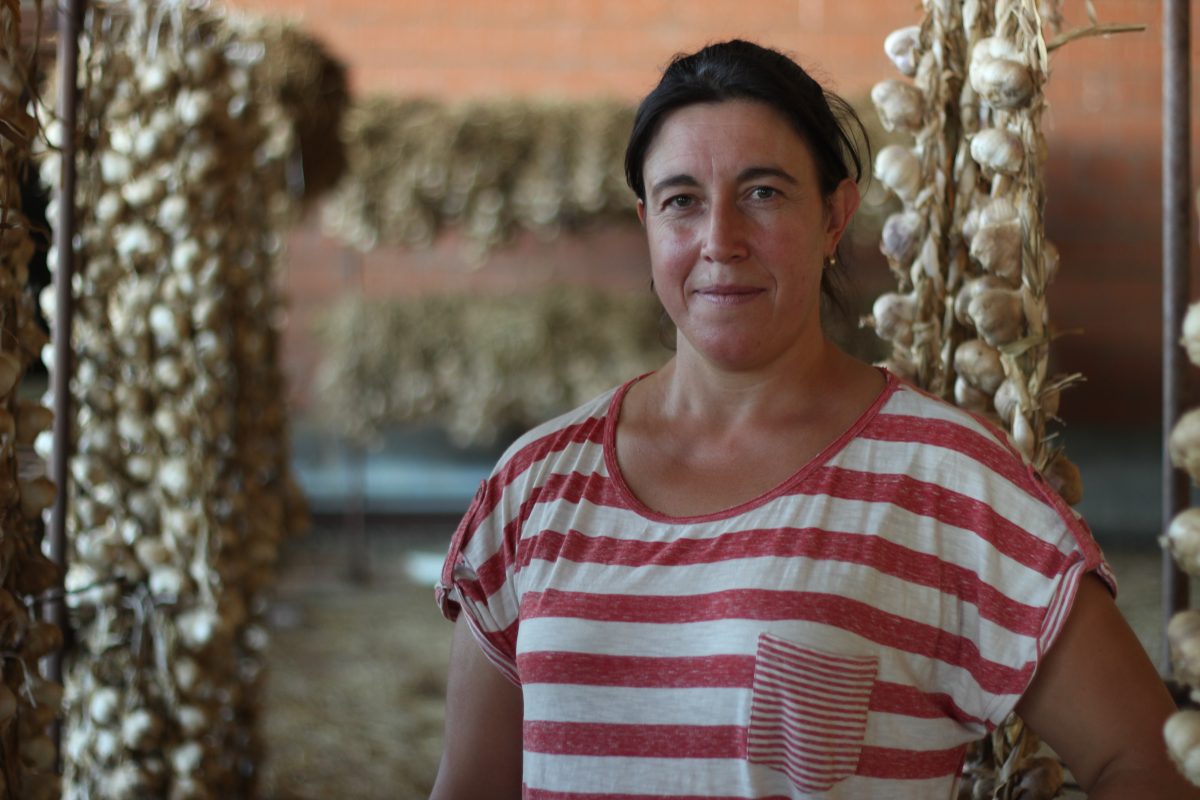
In this regard, Rocío bucks the trend. After spending her youth playing basketball, which required a lot of effort as she had to travel from her village to Zamora every day for training, the promise of opportunities outside of the region prompted her to leave her hometown. “After every school day in Villalpando [population 1,519], I used to travel an hour by bus to Zamora, do my homework, train from 20:00 to 22:00, and then go home in a taxi because my father didn’t have time to pick me up.” When she turned 18, she had the chance to continue playing basketball across the country in cities such as Cáceres, Ourense and Bilbao. As years went by, she decided to move to the Basque Country, where her then boyfriend, now husband lived – also from Zamora. He spent a few years there, working in the customer service department at a big gas-and-electric company . When he lost his job, her father was about to retire and leave his farm, so they thought, why not go back and take up agricultural work in the countryside?
So, they started an organic farming business selling products such as garlic and chickpeas. “Nobody understood leaving the city and our jobs to work the land instead. For many people, going home hurts their pride, even if they don’t have a good quality of life in the city.” Was it worth making the move? “The freedom that I have here was not possible when I lived in the city,” she says categorically, remaining characteristically calm and collected. Rocío’s determination to change things in an environment that has traditionally been dominated by men has meant that she faced her fair share of criticism. “When people see me driving a tractor, they put their head in their hands.” She laughs at the ridiculousness of the situation. She benefits from the shared ownership law, meaning that she has a 50% stake in the business with her husband. “Here women tend to work in domestic labour. Many of their parents have livestock and so they could move in and take care of the sheep, but they choose not to and work in old people’s homes instead.” For young women who want to work in a different field or continue with their studies, leaving is a necessary next step towards fulfilling their aspirations. “We’re building a house, and we’re thinking of putting our bedroom on the ground floor because when our children will leave, it will be easier to keep the house warm. You just assume they are going to leave. It’s happened to lots of people here.”
T
“The freedom that I have here was not possible when I lived in the city”
She is heavily critical of people that seem to have accepted the situation and thus search for a future elsewhere instead of staying to fight for change. “In France, if farmers decide not to sell milk, they do not do it and reject the one coming from abroad. Here, the general mentality is to think that whatever we do will be pointless. In politics, the same thing always happens. We go to demonstrations, even if there are only four of us that attend. You go because you are politically engaged, but you end up realising that you are fighting for a common good that nobody else supports. Protests don’t really happen around here. If miners set fire to a couple of tyres it appears in the local press.”
Rocío explains her life and routine in a way that makes clear how normal this feeling is. She speaks without pretence or exaggeration, with the confidence of someone who has adapted to both rural and urban spaces. But she knows that not everyone would be happy in a village. “You have to like living in the countryside, because if you didn’t you’d die of boredom.” She bites her lips and looks at us. “Could you stay here and take care of sheep 365 days a year?”
One way ticket
The border between Portugal and Spain runs for over 1,000 kilometres from north to south, consisting of lakes, rivers, flora and fauna, all shaped by centuries of shared tradition born from peaceful coexistence between the two countries. The narrow stretch in Zamora is commonly known as La Raya (or A raia in Galician and Portuguese). It was here that the Treaty of Zamora was signed in 1143 declaring peace between the two nations -not even formed yet at the time- and officially recognising Portuguese sovereignty. Today, this may just be trivia, but the proximity of the region to the neighbouring country means there is a high percentage of Portuguese inhabitants and vice versa. Residents of surrounding villages often cross the border to work on the other side. Sometimes they even cross the border just to get better Wi-Fi coverage.

The first time Sofi came to Zamora was to work in hospitality for the summer. She left her native Portugal in search of opportunities that weren’t available in her home country. She liked it so much that she extended her stay, and that was when she met her partner whom she still lives with today on the outskirts of San Vitero (population 520). She runs a hairdressing business installed in the ground floor of her own house. “I like how calm and peaceful it is,” she says, speaking quickly and with a barely perceptible Portuguese accent. In Portugal she studied business, a skill that she has put to good use fighting to make sure that other young people don’t move away from a village that is dangerously close to disappearing.
“We try to keep young people from leaving. Everyone thinks that you shouldn’t open a business because five years from now there won’t be anyone left in town. That seems to be how people feel,” she says. Yet Sofi believes that many young people would move back to the countryside if they were offered a job that provided stability and a good quality of life. “All the people in their 80s won’t live much longer, so why aren’t we investing in young people?” Some of the measures taken to halt the exodus seem to have partially worked. “The mayor put forward a proposal to welcome families with children to the village so that the school wouldn’t close, which would happen if there were less than four children taking classes there. In the end, that initiative worked.”
“All the people in their 80s won’t live much longer, so why aren’t we investing in young people?”
Her mind is full of business ideas to help make the most of the region’s rich resources: wines, meats, cheeses and mushrooms. “Why am I going to buy, say, forty pigs, if I’m not going to be able to keep that business?. This is how villages disappear. There are some industries here but they are all owned by men, and that’s why women leave.” Sofi’s observation lines up well with Emma and Rocío’s views on rural masculinisation. The traditional structure of rural life means that sectors generating wealth and forming the economic nucleus of the region are run by men. Women may perform important tasks as part of their daily routine, but usually those that don’t have an impact on the local economy.
From the wooden bench where we sit, you can see Sofi’s garden and the village in the distance. She speaks directly, quickly and confidently, connecting one idea to another at a dizzying pace. But all that confidence ebbs away when in front of a camera. She is not a fan of photos, preferring life away from the spotlight. She avoids the noise and the pace of the city. After the interview, she will drive to see friends that she has weekend plans with. “I couldn’t live in Zamora or Madrid. Absolutely not,” she says, pondering what could happen in her uncertain future. “I think we should be spreading the word that in five years there won’t be anyone left here, because if we don’t act now we are making it an inevitability. It’s possible that even I won’t be here in five years – though I hope that won’t be the case.”
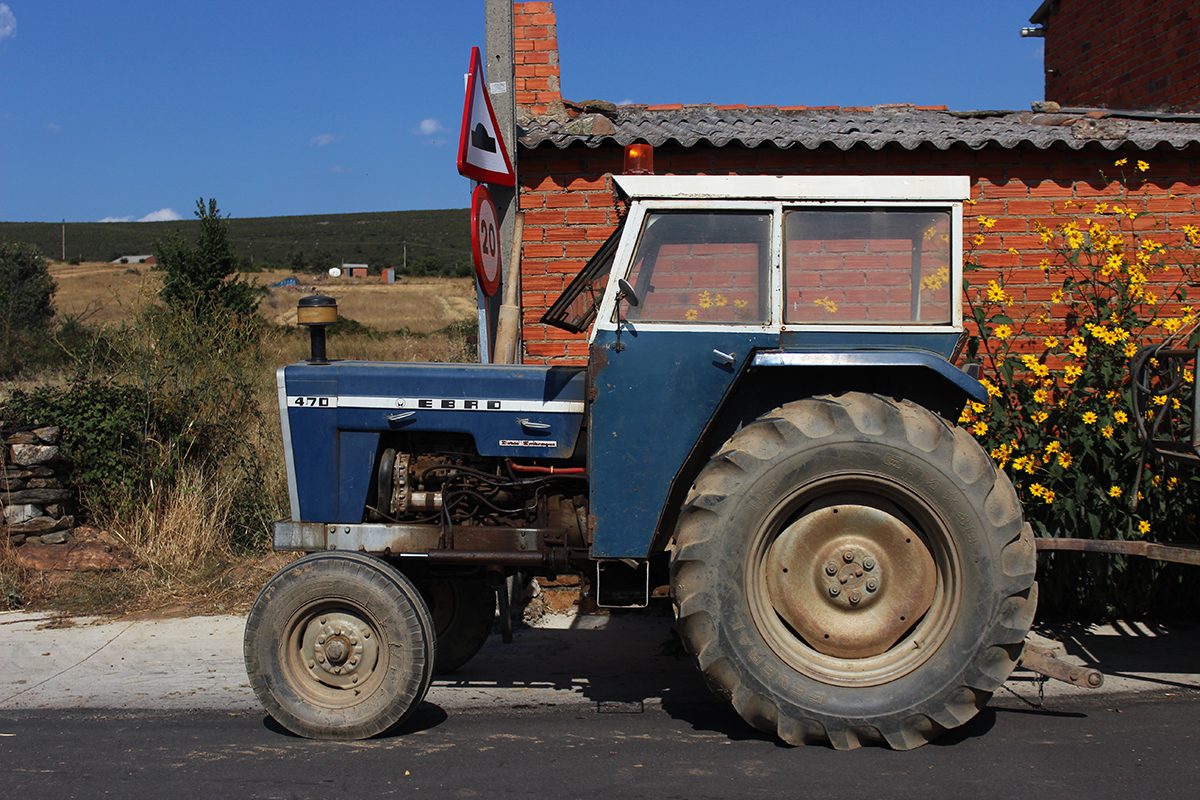
© Álvaro García Ruiz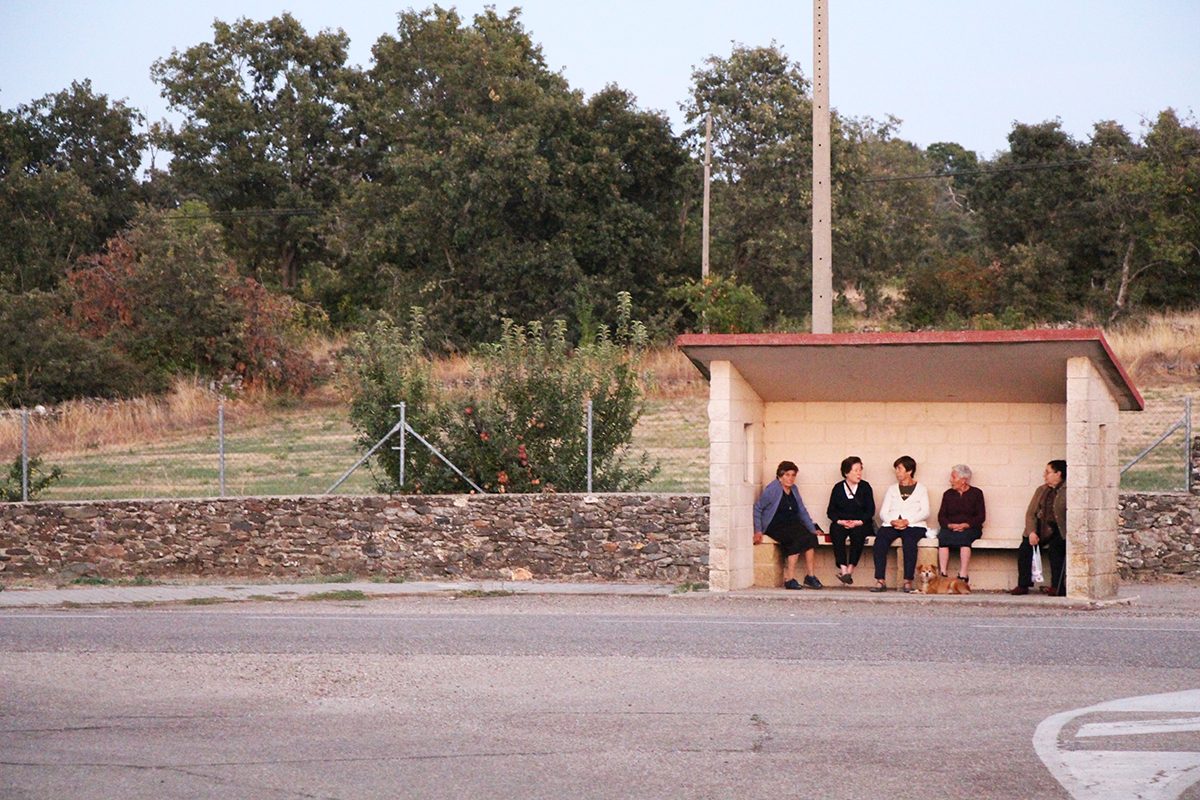
© Ana Valiente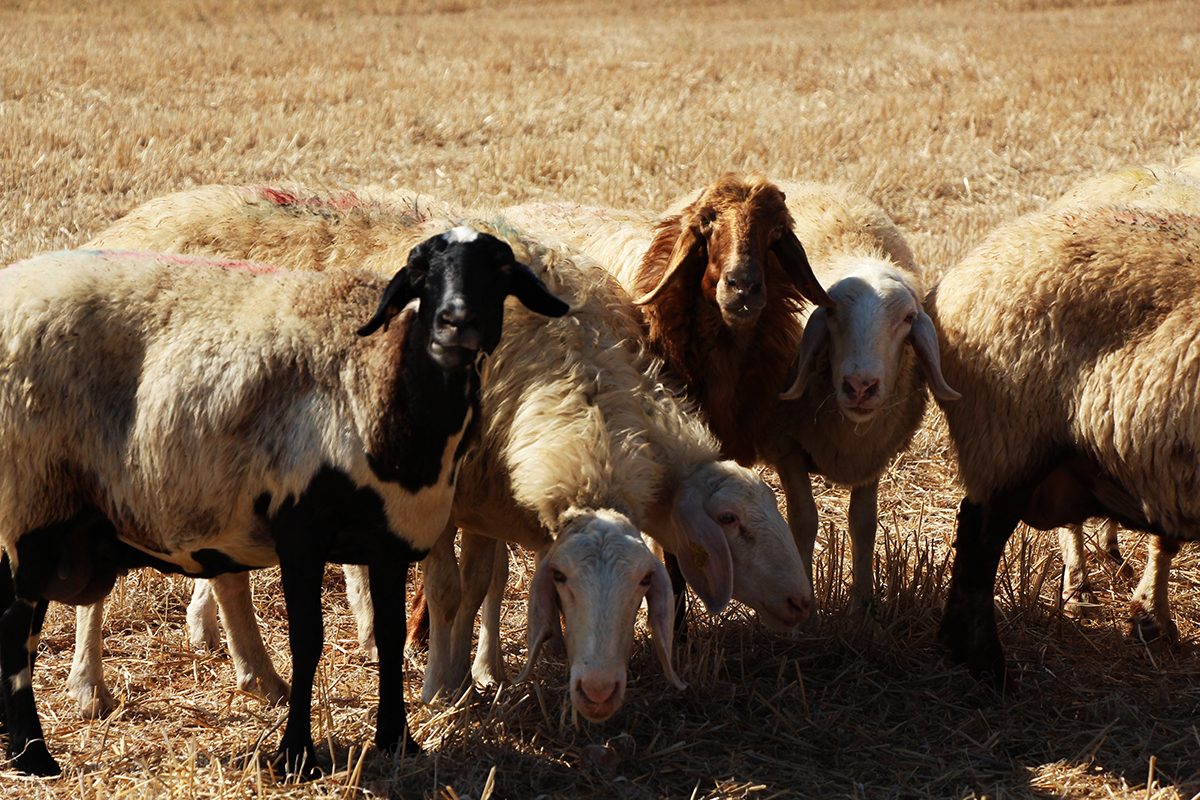
© Ana Valiente
© Álvaro García Ruiz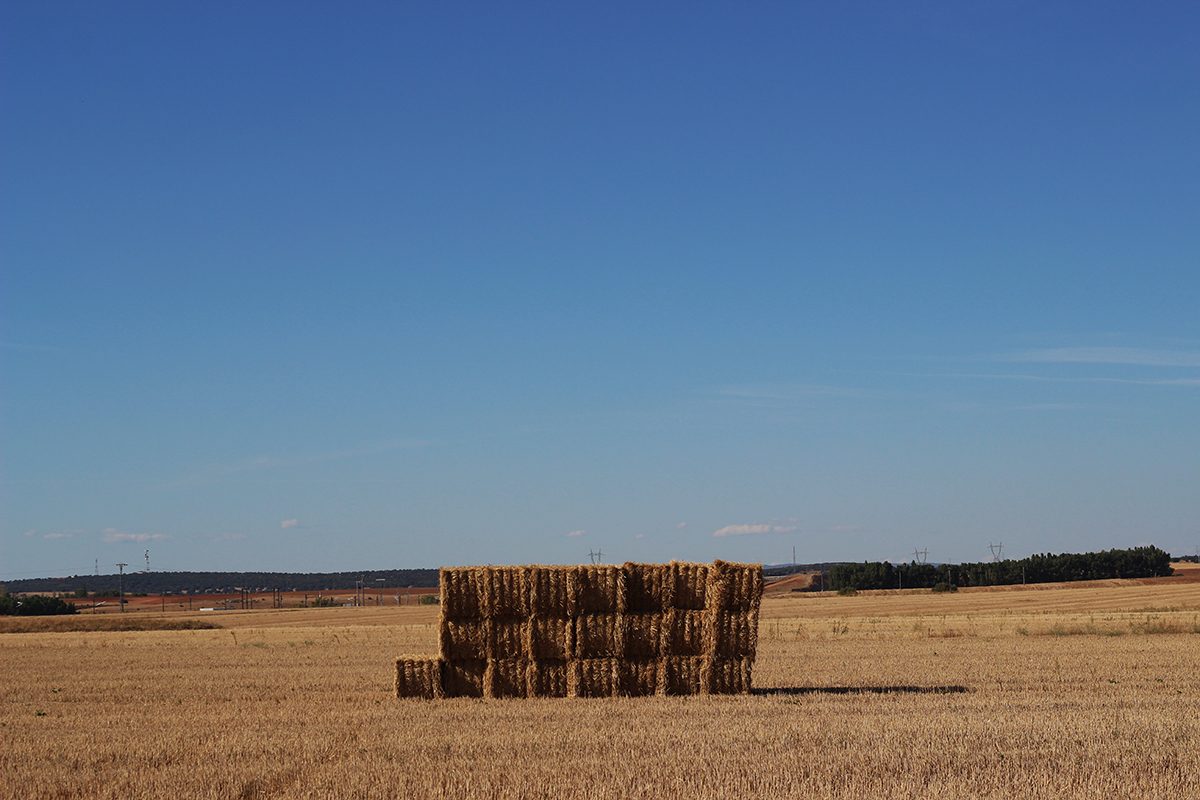
© Álvaro García Ruiz
The question of why so many women leave the region is one that Margarita Rico, a professor at the Escuela Técnica Superior de Ingenierías Agrarias de Palencia (University of Valladolid) and an expert in women’s rural development has been asking for a long time. She is also one of the women who have decided to keep living in a rural area, in her case in the province of Palencia. “It’s the only way of life that I understand: tranquility, good health, air quality, silence and above all, coexistence,” she says on the other end of the phone line. “The modernisation of society has made people reject rural life. People value consumerism, appearances, and social media above other things. When I go to high schools to talk about rural development, most of the young people look at me and say that they want to leave their hometowns because they don’t have any shopping centres close by. Is that really what they want? More than the wellbeing benefits that come from living in a smaller town? They don’t realise what they have, only what they don’t have. The administration is guilty of abandoning them by not supporting rural areas. They ignore us because there aren’t enough voters here. They don’t care about villages.”
For the love of wine
Liliana waits for us about an hour’s drive out from San Vitero. She lives in a village called Villar del Buey (population 579), which borders Portugal and is part of the Arribes del Duero Natural Park. It’s an unspoilt natural environment that city dwellers flock to in search of a few days respite on the banks of the river Douro, which passes in a leisurely zigzag through vineyards and oak trees between the two countries. Visitors or tourists kind gaze contrasts with the damning impression of the town’s inhabitants “One of the hardest things is the social pressure of living in such a place. It seems like it’s been through a sort of natural selection in reverse, in which the people who remain are the ones who couldn’t leave. That’s why, for many people like my father-in-law, coming back here seems like madness.” The 39-year-old Asturian shows us around her vineyards, which are over 100 years old. Her daughters, Lola and Vera scamper between the vines with their dog, showing no hint of boredom or concern about being two of the only three girls in town. “Were we really better off living in Madrid with a busy schedule and fixed salary?” Liliana asks.

Her love of wine pushed her to travel the world. She studied forestry in Ávila but now works in the wine industry with her husband in the same vineyards that belonged to his grandfather. After living in Madrid for a few years – where she felt the effects of the economic crisis and so started to study again – job opportunities took them to California and later to Australia. “In the United States they looked at us with raised eyebrows when we said that people here are abandoning 100-year-old vines. In the US, a vineyard like this would sell their wine for no less than 100 dollars a bottle. They compete with us here in Europe and sell all the wine they produce. In Spain we sell litres and litres of high-quality wine to Italy or France, where they label it as their own and sell it back to us for a tidy profit.” Why does she think this is? “Because they are better salesmen than us,” she explains.
When they eventually decided to return to the village in 2015 they started their own organic wine business. A decision that, once again, was viewed by many around them as a moment of madness. “My Asturian family has faith in the project but people who are from Zamora and who know the struggles the region faces – such as poverty, a lack of resources and a need for greater support – are less positive. What has led to this collective depression?” She asks her husband. “It’s like a lack of pride,” he says. “It’s a cultural thing. Here, people have experienced real deprivation.”
“We are happy half the time, and the other half we are horrified”
Liliana matches the profile laid out by Professor Sampedro of a woman with a sufficient level of education and the requisite knowledge to manage a small business. Liliana does a bit of everything: sending emails to clients, selling wine to luxury hotels – even harvesting the grapes. “It’s true that it’s not easy to move to a rural region without having a family or a business connection,” she says. In her case, wine was the draw, though she is aware of the challenges of living in such an area. “The only industry that started up here recently involves burying nuclear waste, because depopulation has been so dramatic for so many years and the ground here is like granite.” Her optimism contrasts with this bleak reality. “Here we have so little pride in what we have, which is not always the case in other countries. We need a change of perspective. Yes, it’s true that we have a lot of problems at the national level but we’ve been blessed with lots of good things too. Things will change quickly if our mentality shifts. We have the internet and we have high speed rail, we need to make the most of these things. Financially speaking, it’s much tougher to live in Madrid. Here, if you have a salary you live perfectly well.” Along with their wine business both Liliana and her husband work as engineers, thanks to their educational backgrounds. “We are happy half the time, and the other half we are horrified we decided to come here and spend all our savings. But it’s something we always wanted to do. We wanted the girls to grow up here, too.”
Liliana speaks with the optimism and open-mindedness of a person who knows how hard things can be but also knows that she can emulate success stories from other regions, even in an area that views itself with such apathy. She doesn’t have a rose-tinted vision of the future, nor does she shy away from being realistic. Like Rocío, she believes that not everyone could live in the countryside. “It’s also true that you face a lot of difficulties in villages and not everyone can handle that.” But she accepts the quirks of living in the country and believes in a more flexible rural lifestyle, which is a far cry from the simplistic narratives put forward by certain city dwellers. “People think that when we move back home, we are shutting ourselves off from the world. But we aren’t! We are very outward-facing. Portuguese, French, Estonian, American and Chinese winemakers come to visit us because they are interested in the location, our philosophy and our way of working. This is really inspiring for us.”
That certain customs and the general pace of life are different here is not at odds with the concept of a more modern rural way of living, which treats borders, distance and the relationships between people a lot more flexibly. “Differences are less and less marked between rural and urban youth, which is evidence of the increasingly blurred borders between the rural and urban worlds. Breaking down these barriers contributes to us living more nomadically, and mobility is already an essential part of Spanish people’s lives. Rural environments are characterised by flows of people who come and go, to work, to relax or have fun, to study, to vacation in the summer or winter months…whether they come up during the week or on the weekend, or during school holidays,” says Sampedro in her article “Cómo ser moderna y de pueblo a la vez” (How to be modern and rural at the same time).
Beneath Liliana’s optimism there is a lingering doubt about the question of whether, like Sofi or Rocío, her dedication and effort will inspire other people and encourage projects to go ahead in rural communities, or whether it will remain a flickering beacon of hope in the dark. “I don’t know if rural areas have reached a point of no return. The EU has been increasing investment in rural regions via the PRODER and LEADER programs. For the first couple of years they repay 100% of your investment, and after that they keep paying you 20% or 30%. If you started a business in Madrid, would anyone repay 20% of your investment? No way. So why are people not coming to the countryside?” Liliana asks. Who’s to say whether such places will become nothing more than sites of uninhabited natural beauty, left to their fate. Landscapes only to be enjoyed from a car window. What is certain is that Liliana, Rocío and Sofi certainly fit the profile of brave women who have the ability to inspire change around them. Without necessarily realising it, these are the women who, alongside others, have started a silent revolution to stop their villages from falling into ruin.
* The authors would like to thank Esmeralda, Sonia, Miriam and Nuria for sharing their stories even though they were not included in the final article.




